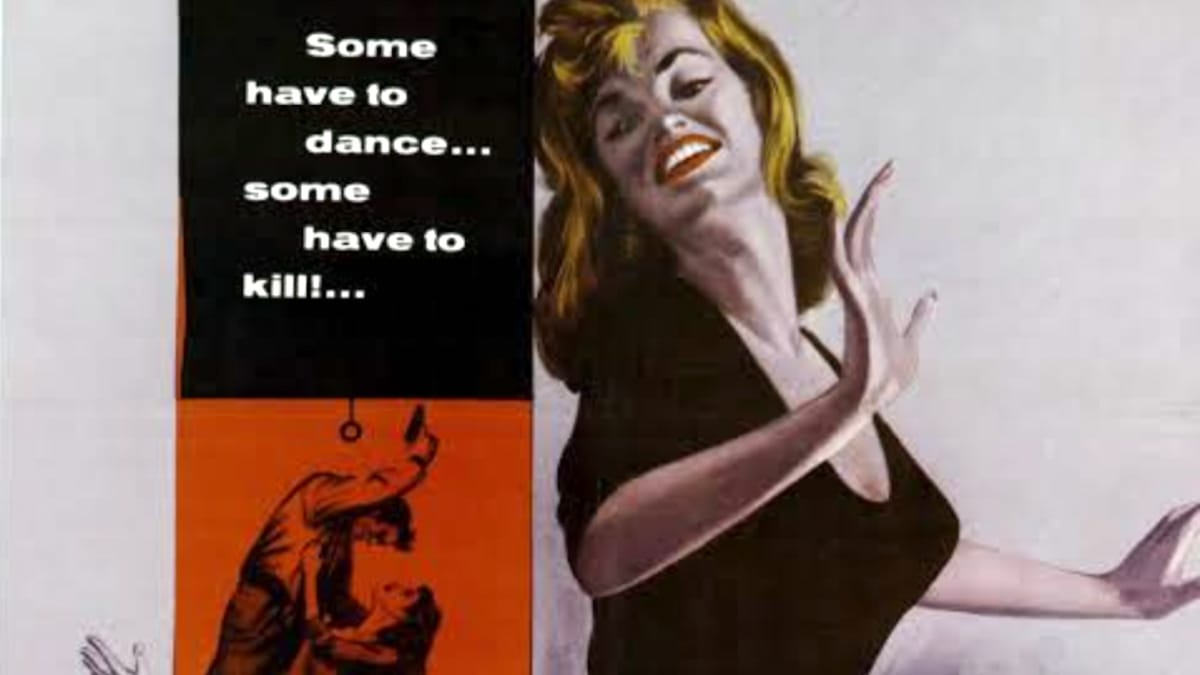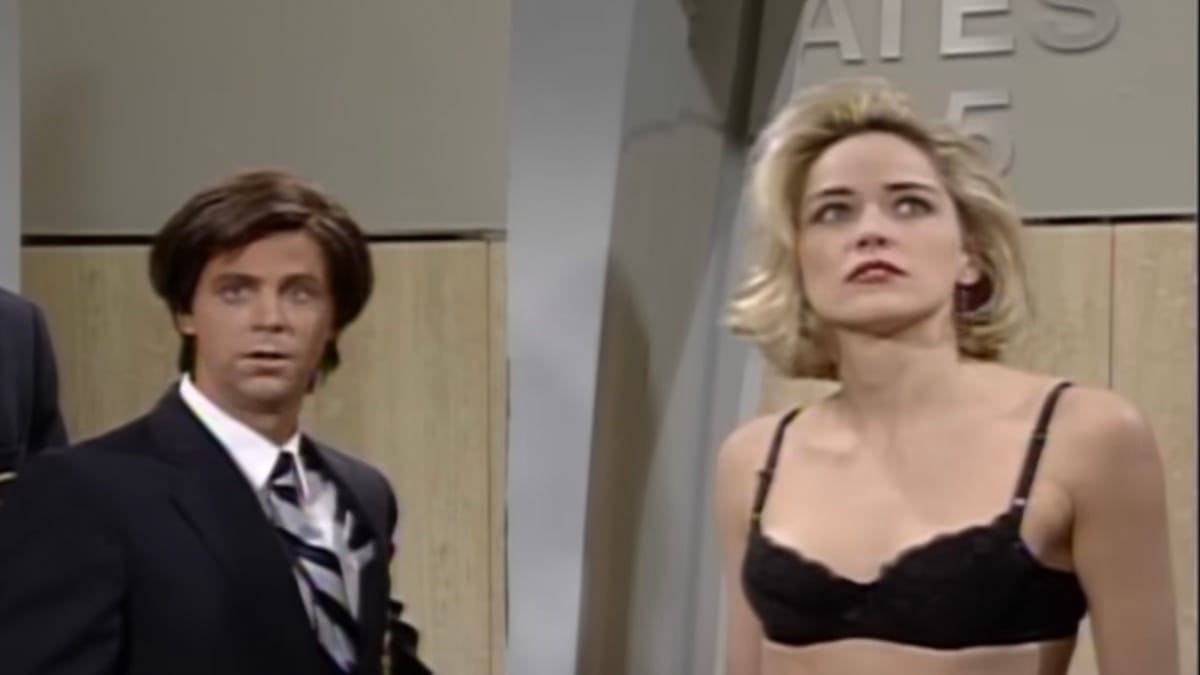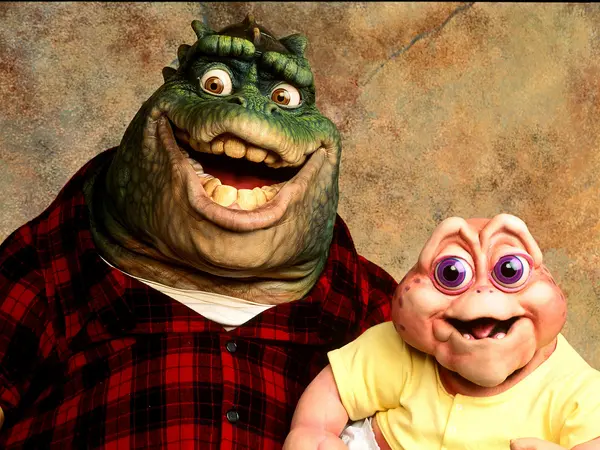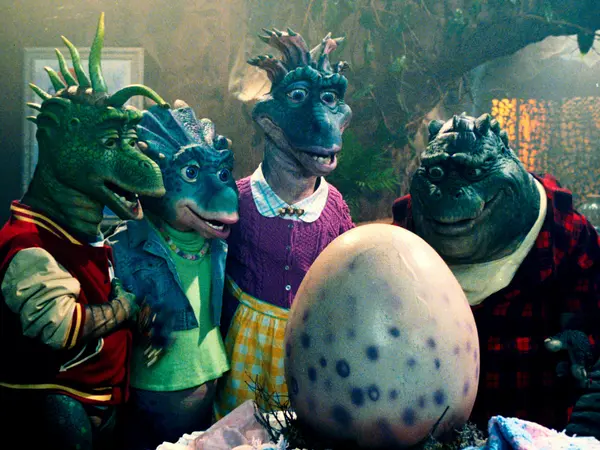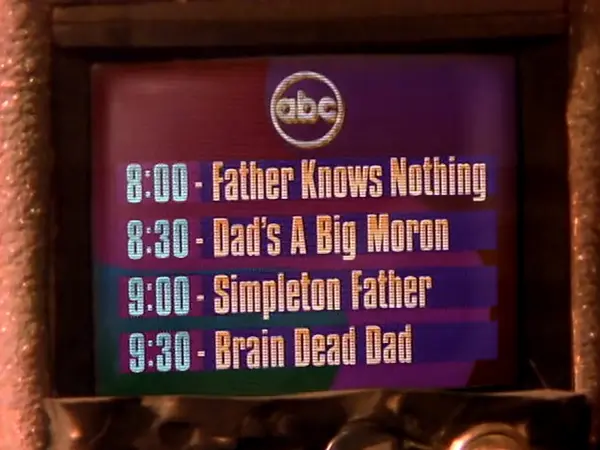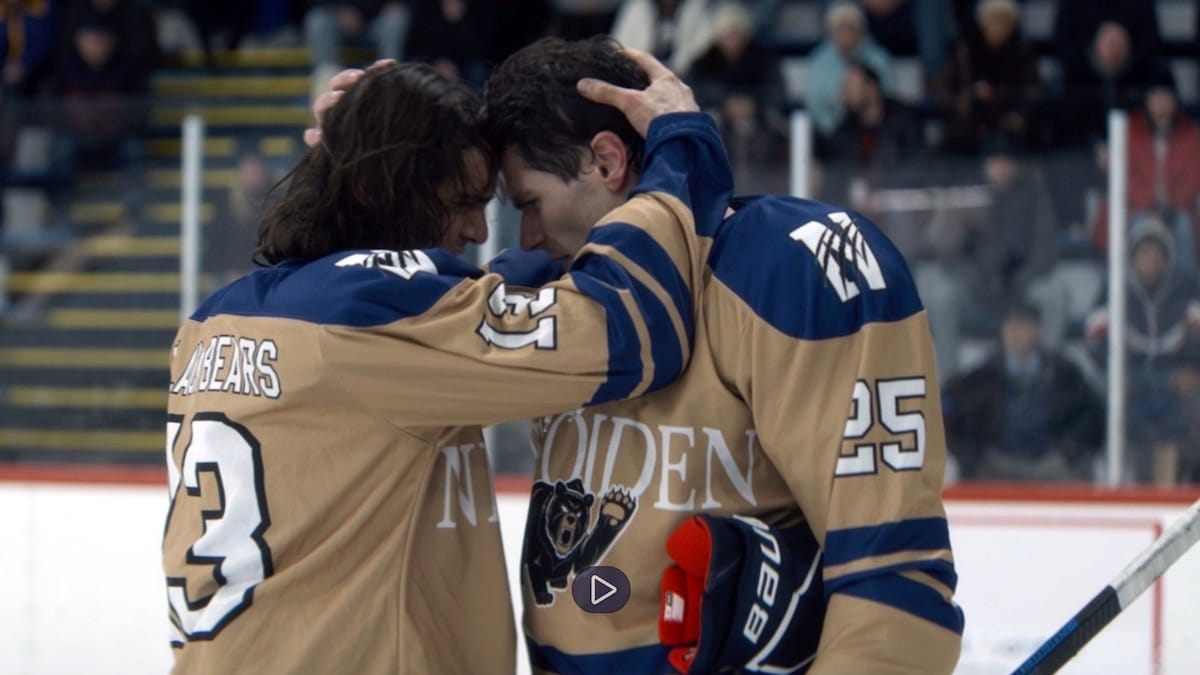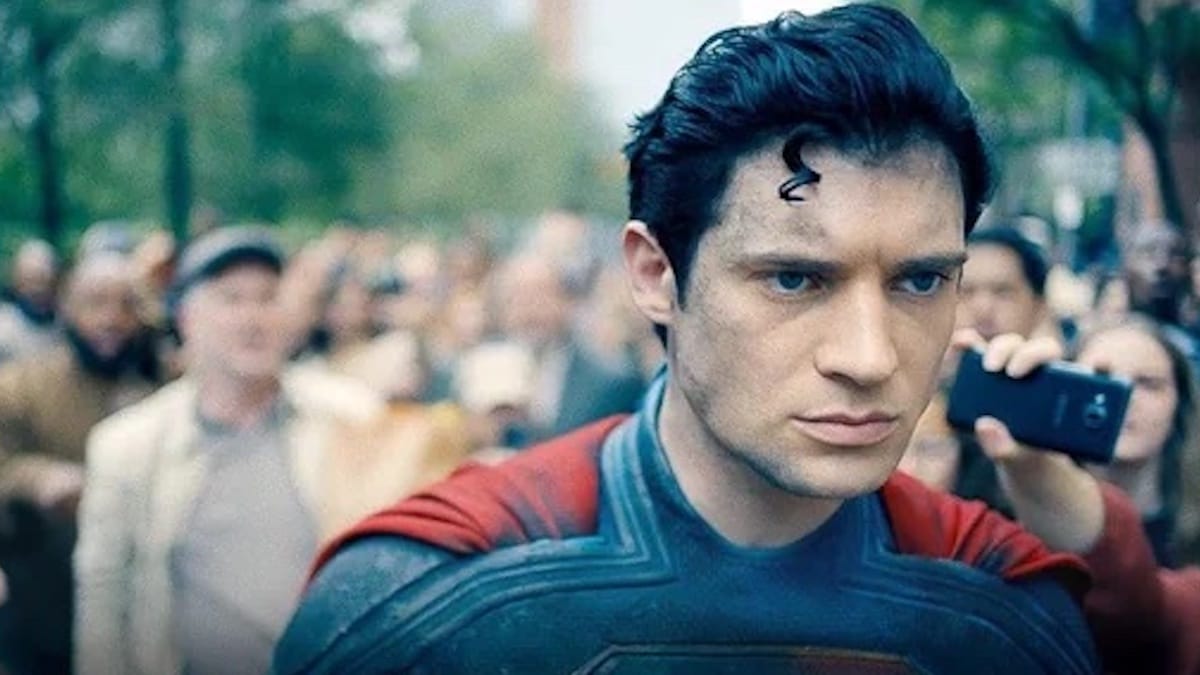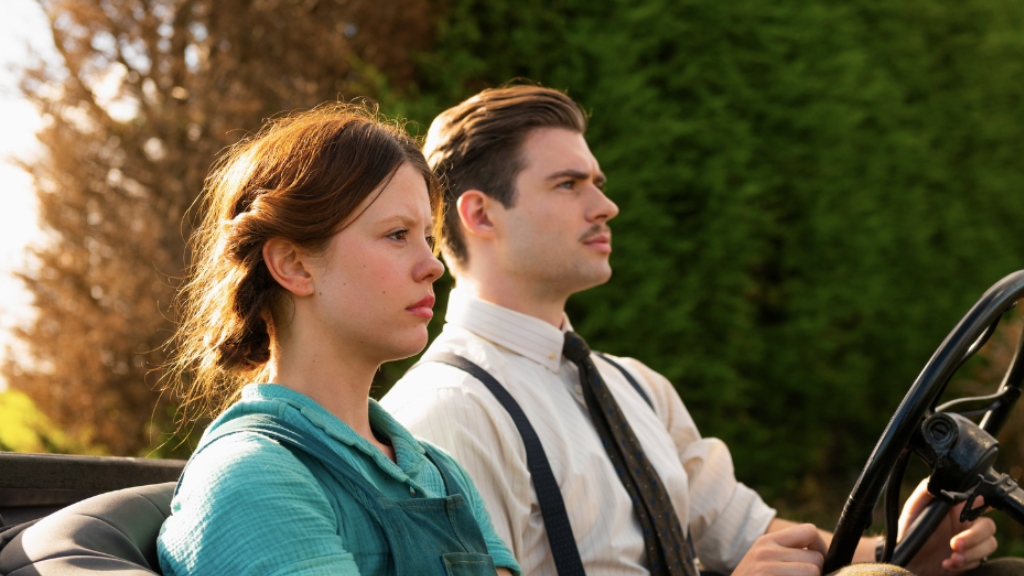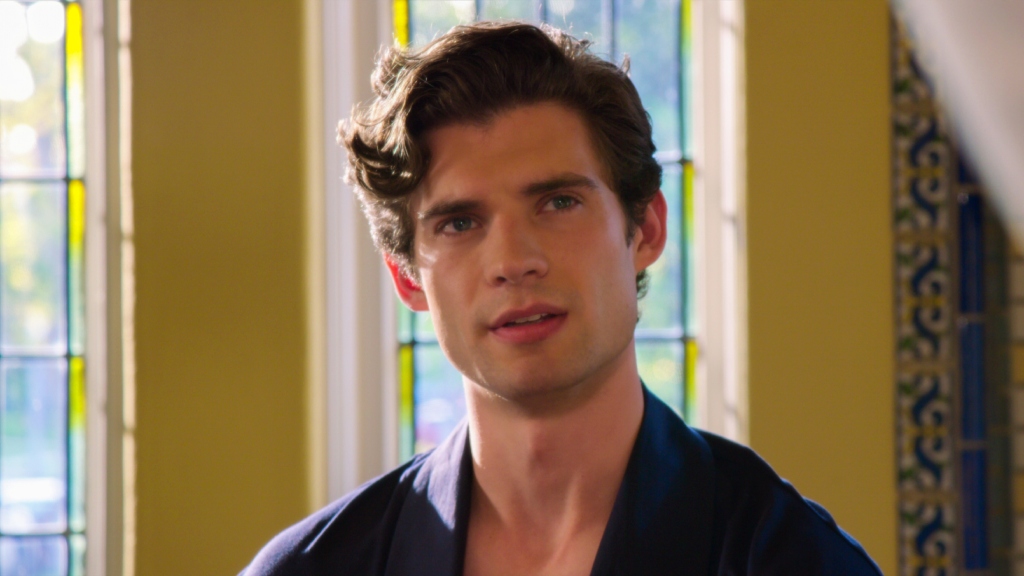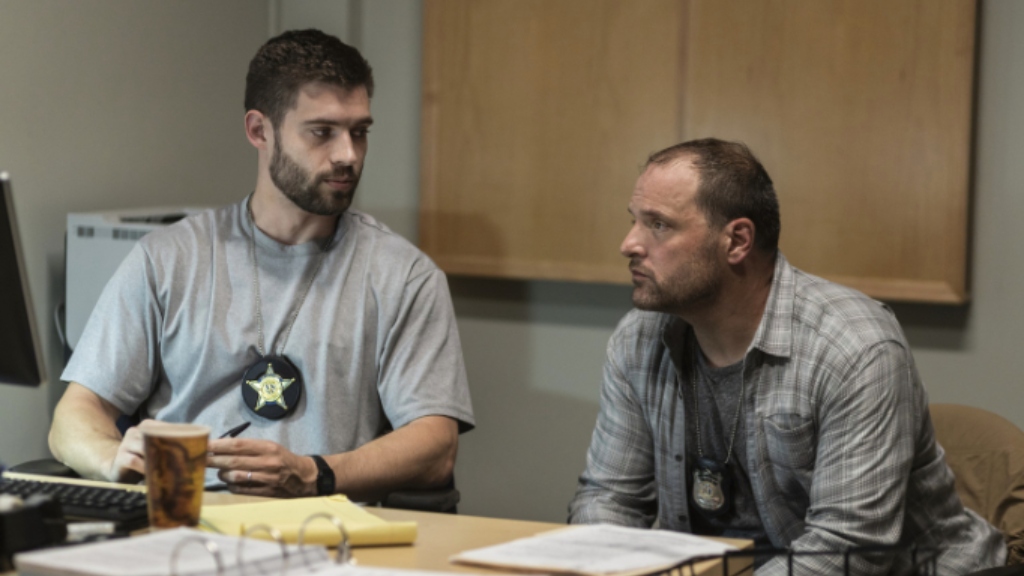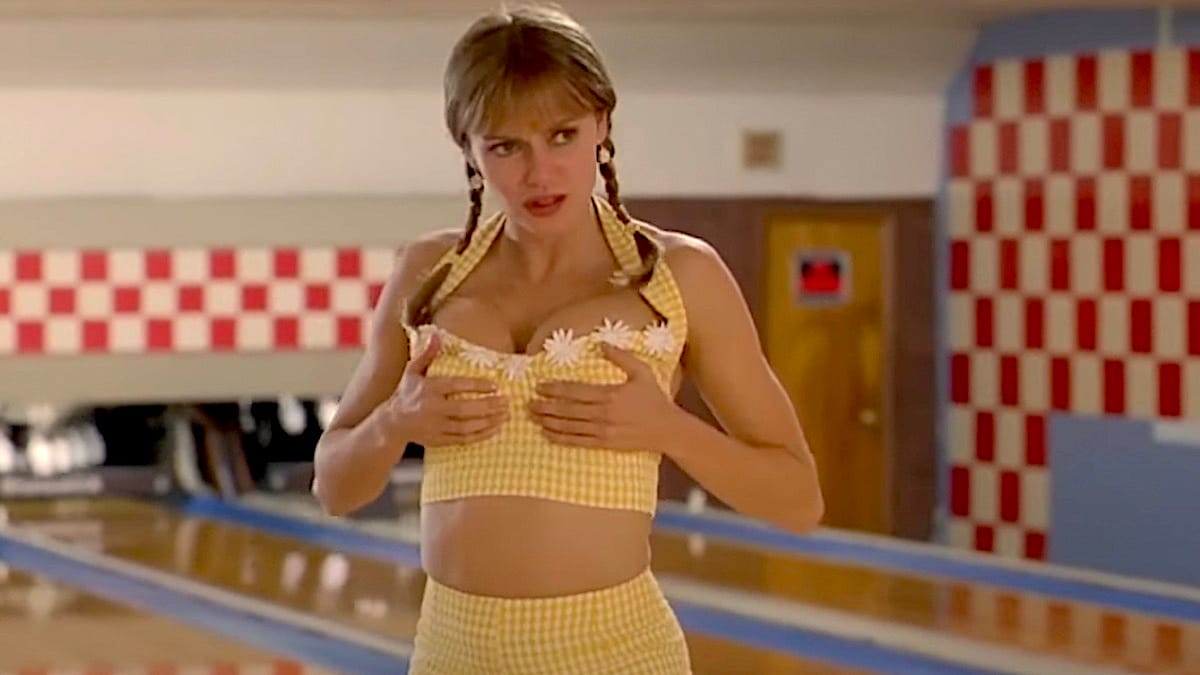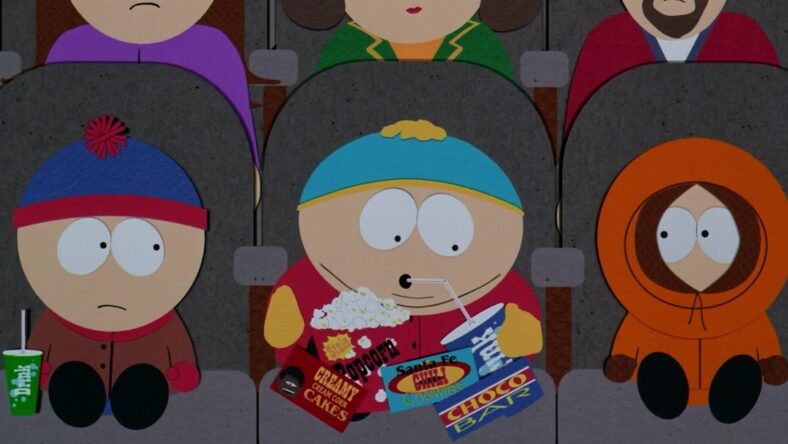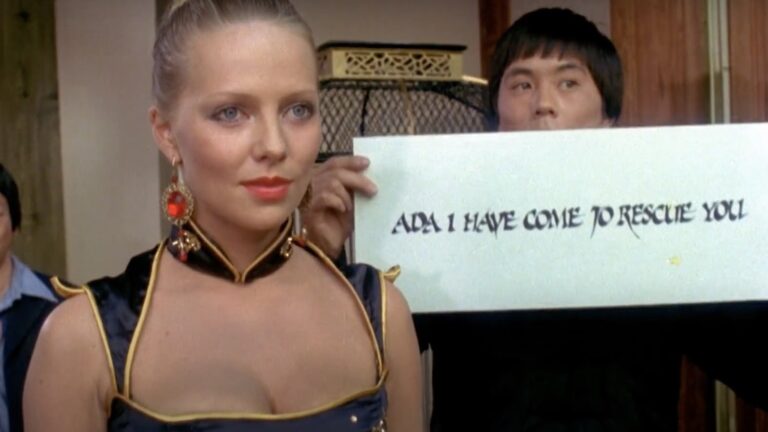These Roger Corman 1950s movie posters are a testament to his storytelling and marketing genius.
We love Roger Corman, who died last year at the age of 98 after a spectacular Hollywood career that helped launch such luminaries as Jack Nicholson, Ron Howard, Martin Scorsese, Jonathan Demme, Charles Bronson, and James Cameron, among many others.
After studying industrial engineering at Stanford University and serving in the United States Navy, he got a job as a story reader in which he rejected most scripts — but saw the potential in one that became 1950’s The Gunfighter, with Gregory Peck.
When his boss got all the credit, Corman resolved to make his own films — which he churned out quickly, on the cheap, with verve and panache. He was masterful at marketing them, especially to rebellious teenagers, as the following posters illustrate.
Apache Woman (1955)

The second Roger Corman movie that he directed, after Five Guns West, which was also released in 1955, Apache Woman is about a government agent, Rex Moffett, sent to put down an Apache Rebellion. He soon crosses paths with the titular character, the half-Apache Anne Libeau (Joan Taylor).
The film is notable for helping launch the career of Lloyd Bridges, who played Moffett. But it’s also notable for a clever bit of branding by Corman: Note how often he uses the words “woman,” “girl” or “teenage” in his titles, to catch the attention of teenage boys looking for something at the local drive-in.
Day the World Ended (1955)

Roger Corman movie titles were never short on hyperbole, as Day the World Ended Reminds us.
The film is about a scientist who, like many other heroes of 1950s films, faces off against a radioactive being. (Anxiety and curiosity ran high in the years after the first use of the atomic bomb.)
The film is notably narrated by a man who soon go on to become one of the most trusted journalists in America, Chet Huntley, known for NBC’s The Huntley-Brinkley Report.
It Conquered the World (1956)

It Conquered the World is about an alien from Venus who wants to take over the Earth and Dr. Paul Nelson (Peter Graves) a human scientist who wants to help the alien because it believes it can save humanity from destroying itself. (A similar idea pops up in Netflix’s 3 Body Problem).
The film marked an early appearance for Graves, the future star of Mission: Impossible, though he had already appeared in a notable role in 1953’s Stalag 17.
Naked Paradise (1957)

The first of eight (!) Roger Corman movies released in 1957, this one concerns an ill-fated sailing trip to the Hawaiian Islands and stars Beverly Garland as the alcoholic Max, a young woman who ends up determined to turn her life around.
Garland also appeared in the Roger Corman 1950s movies Not of This Earth, It Conquered the World, and Gunslinger.
Attack of the Crab Monsters (1957)

Roger Corman was a master of inexpensive creature features — in the terrific 2013 book Crab Monsters, Teenage Cavemen, and Candy Stripe Nurses: Roger Corman: King of the B Movie, author Chris Nashawaty shares Albert Ruddy’s account of how Corman once gave him a budget of $50 to create a monster for the movie The Beast With a Million Eyes.
He ended up combining an aluminum mop, a syringe, and slimy green paint to create the creature.
Ruddy’s ingenuity would lead to a long and fruitful career that included producing The Godfather, arguably the greatest movie ever made.
Not of This Earth (1957)

Part of the genius of Roger Corman was packaging his films as double features. Not of This Earth played with Attack of the Crab Monsters, which must have made for a very scary evening.
The very 1950s movie is about an extraterrestrial humanoid who seeks to steal human blood because of a deadly blood disorder that is depopulating his home planet, Davanna.
Teenage Doll (1957)

Once in a while, a Roger Corman movie poster is a masterpiece of understatement. Just read the text of this one and try to contain your curiosity: What happened to the unfortunate young woman of the title?
As Nashawaty wrote in Crab Monsters, Teenage Cavemen, and Candy Stripe Nurses: Roger Corman: King of the B Movie: “Is she dead, or has she just been ravaged? Corman knows, and he isn’t saying. And if you want to find out, you’ll have to pony up for a ticket.”
One of the many 1950s movies that dug into “kids gone wild” paranoia.
Rock All Night (1957)

When you think of rebellious rock music, you probably don’t think of The Platters, the beloved crooners and Rock and Roll Hall of Fame inductees whose lovely hits included “Only You” and “The Great Pretender.” But Roger Corman had the good sense to make them seem like the soundtrack to shocking scenes of depravity in the poster for Rock All Night.
The film is one of many Roger Corman 1950s movies that is a lot more sedate than its raucous poster suggests.
The Saga of the Viking Women and Their Voyage to the Waters of the Great Sea Serpent (1957)

You can forgive the poster for The Saga of the Viking Women and Their Voyage to the Waters of the Great Sea Serpent for not including the full title of the film, about a group of Viking women led by Desir (Abby Dalton) who go out to sea in search of their missing men and encounter, you guessed it, a giant sea serpent.
The film was a bit of a leap for Corman: He announced that he would budget it at $300,000, about triple his typical budget at the time, because he wanted to invest in the sea serpent effects.
And let us save you a Google: $300,000 in 1957 dollars is equal to about $3.3 million today, which is still a breathtakingly small budget for a film, even in the era of computer-generated images that were unavailable to Corman and his team.
Sorority Girl (1957)

Notably for its fairly respectable poster, this film (also known as Sorority House or The Bad One — Corman was happy to change a film’s name for different markets) is about poor little rich girl Sabra Tanner (Susan Tanner) who lashes out at her classmates.
Her dangerous tendencies have calamitous repercussions for her sorority sisters — and for Sabra.
Machine Gun Kelly (1958)

This gangster biopic also featured Susan Cabot, but is better known for the actor who played its lead: Charles Bronson, who would go on to action movie icon status for films including The Magnificent Seven, The Great Escape, Once Upon a Time in the West, and the Death Wish series.
Besides launching Bronson as a movie star, the film was also notable for earning some of the best reviews of any Roger Corman movie. Corman said in his memoir, How I Made a Hundred Movies in Hollywood and Never Lost a Dime, that it was “a major turning point in my career.”
Even more impressive, it’s one of five Corman-directed films that were released in 1958. That’s down from the eight he directed in 1957, but still: wow.
She Gods of Shark Reef (1958)

Corman’s filmmaking efficiency is legendary, and one way he saved money was to shoot two films back-to-back at the same location. Such was the case with She Gods of Shark Reef, which was shot in Kaua’i at the same time as the aforementioned Naked Paradise.
The film concerns weapons theft, murder, and a shark-infested tropical island — as well as some lonely pearl divers who live in a secret, all-female village.
We have to wonder if the film was any influence on Honey Ryder, the pearl-diving Bond girl of 1962’s Dr. No.
Liked This List of Eye-Popping 1950s Movie Posters?
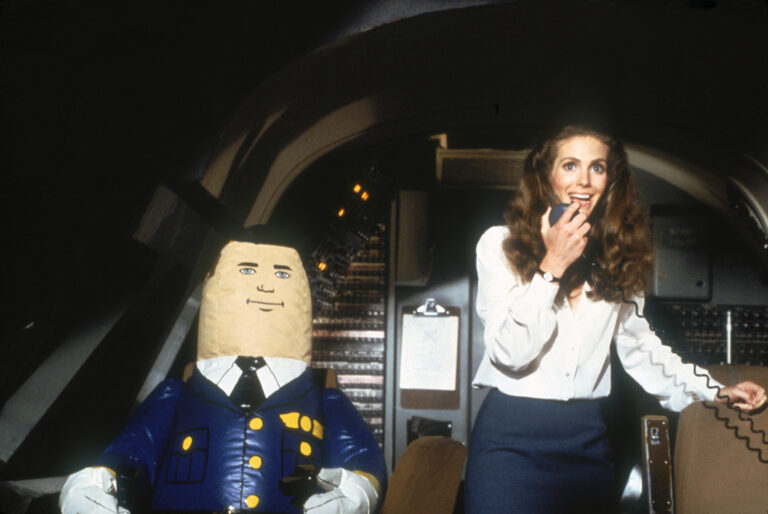
You may also like this list of behind the scenes stories of Airplane!, which notes that the film’s directors, Zucker-Abrahams-Zucker, cast the film with actors they had seen playing serious roles in 1950s movies. We have to wonder if they caught Peter Graves in It Conquered the World.
